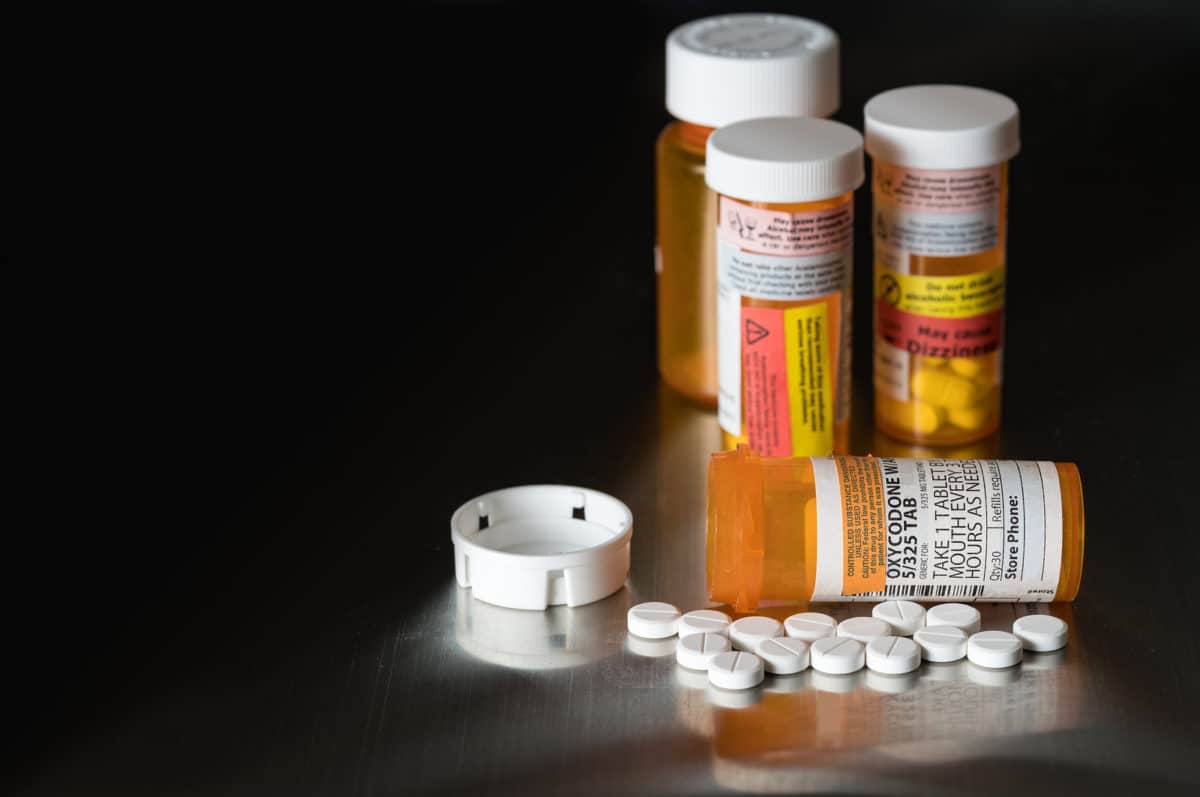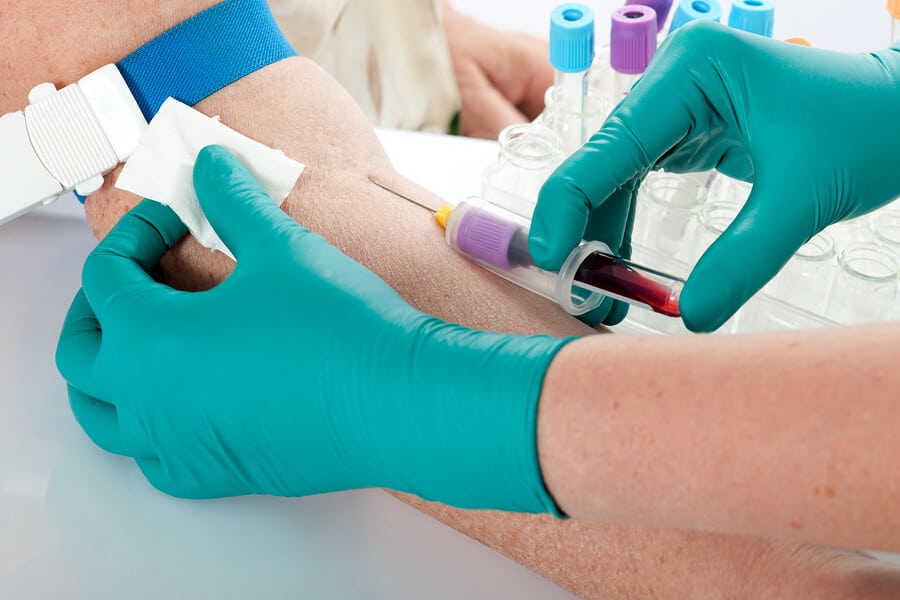
Signs of Opiate Abuse – Opiates are a sub-class in the opioid drug class. Opioids are prescribed for the treatment of moderate to severe pain. When taken as directed by a physician, opioids are a remarkably useful and indispensable facet of modern medicine. Nonetheless, because opioids also alter the effects of dopamine in the brain, they have proven to be exceptionally addictive and have a very high likelihood of being abused.
The term “opiates” technically refers to natural or only slightly modified opioids, as opposed to other fully synthetic substances in the drug class. For the purposes of this article, the distinction is unimportant, so both “opiates” and “opioids” will be used interchangeably to refer to all drugs in the opioid class.
Examples of opioid drugs include the following:
- Opium
- Codeine
- Methadone (Methadose)
- Buprenorphine (Subutex)
- Hydrocodone (Hycodan, Vicodin, Norco)
- Morphine (Kadian, MS Contin)
- Oxycodone (Percocet, OxyContin)
- Hydromorphone (Dilaudid)
- Heroin (diamorphine)
- Fentanyl (Duragesic, Fentora)
What is Substance Abuse?
Substance abuse occurs when the substance is used in any way other than as directed by the prescribing physician, such as taking it more often or in higher doses than prescribed, taking drugs without a prescription, or combining multiple drugs.
Most substances that people regularly abuse are incredibly potent, which is why they require a prescription and oversight by a medical professional. When abused, otherwise beneficial drugs can lead one into a life-altering addiction that proves nearly unconquerable without outside intervention.
Oftentimes, the longer an addiction goes unbridled, the harder it is to surmount. If you suspect that a loved one is struggling with an addiction, it’s crucial to act swiftly, before they suffer irreversible damage. However, it is impossible to help your loved one without being able to recognize the warning signs of opiate abuse, and early detection is vital.
Common signs of opiate abuse include the following:
- Needle punctures, known as “track marks,” on their arms and legs from intravenous injections
- Very small, “pinpoint” pupils
- Extreme sleepiness or trouble staying awake, often at inappropriate times
- Flushed and itchy skin
- Withdrawal from social situations or activities once enjoyed
- Emotional volatility or out of character mood swings
- Impulsivity and poor decision-making
- Risky behavior, such as driving while high
- Visiting multiple different physicians to acquire more opiates
- Theft, even from loved ones, to purchase more opiates
Once it becomes evident that an individual is struggling with an out of control cycle of opiate abuse or addiction, it’s critical to seek out help as soon as possible. Sometimes a person can escape cycles of abuse just by speaking with their doctor and adjusting their prescription. Others might want to consider attending a substance abuse treatment program or seeing a substance abuse counselor.
Unfortunately, because the effects of opioids are so powerful, most people struggling with a full-blown opiate addiction will need intensive, monitored support at an inpatient rehab center.
Short-Term Side Effects of Opiates
Short-term side effects of opiates depend on the specific drug, how much of it was consumed, and the route of administration. Most of these drugs have effects that occur within 15 minutes to a half hour and can last a couple of hours or even a day.
Immediate or short-term side effects of opiate use include the following:
- Slowed and shallow breathing
- Flushed, itchy skin
- Euphoria
- Lightheadedness
- Impaired judgment
- Slurred speech
- Blurred vision
- Constipation
- Hallucinations
- Nausea and vomiting
Long-Term Side Effects of Opiates

Among the most damaging long-term side effects of opioid abuse is the harm it does to the body’s vital organs. People may also suffer from psychiatric conditions, such as anxiety and depression.
Other long-term side effects of these drugs include the following:
- Vein damage from intravenous drug use
- Emotional instability and moodiness
- Severe constipation
- Lack of concentration
- Insomnia and other sleep disturbances
- Liver damage
The Dangers of Opioids
Opioids are found in several different forms and can be administered in a number of ways. Frequently these drugs are prescribed as oral capsules or tablets. While most people obtain a legitimate prescription from their doctor, some pilfer drugs from family members or friends. Using a narcotic that is not prescribed to you is considered abuse, however, and is illegal.
Still, others use street drugs such as heroin and illicit fentanyl, which are often less expensive and easier to procure. Heroin is unregulated and is usually cut with other substances that increase its potential for harm. Fentanyl, a far more potent opioid is one of these substances and is currently involved in thousands of deaths in the U.S. each year.
A person suffering from an addiction to painkillers may experiment with various methods of delivery to achieve the high with the greatest intensity possible. Tablets can be crushed into a powder and then snorted, or powder can be dissolved in liquid and used intravenously.
Snorting or injecting opiates results in a near-instantaneous “rush” that is much more intense than taking a pill orally. However, this means of administration also increases the risk of life-threatening CNS depression and overdose.
These drugs are even more dangerous when combined with other central nervous system depressants, such as benzodiazepines or alcohol, and can exponentially increase the risk of serious complications that can lead to death.
Neonatal Abstinence Syndrome
Neonatal abstinence syndrome (NAS) is another serious health risk and may occur when someone who is pregnant suffers from a substance abuse disorder involving opiates.
These drugs can pass through the placenta, and cause the baby to develop a dependence on the drug while in utero. After birth, the infant may need to remain in the hospital for several weeks while the drug slowly clears from their system.
Identifying an Opiate Addiction
Recognizing an opiate addiction can be challenging due to the confusion that exists between what is considered misuse, abuse, and addiction. Most people who use painkillers in the short-term and as directed will not become addicted. However, a person who misuses drugs in large amounts or over prolonged periods is more likely to develop an addiction.
The defining characteristic of addiction is an intense urge to obtain and use the substance despite adverse consequences that will likely occur. A person in the throes of addiction is not capable of controlling their substance use – and while they may desperately want to quit, they feel helpless to do so on their own.
In addition to dangerous health risks, opiate abuse can also interfere with one’s personal life and close relationships with family and friends.
The consequences of opiate abuse/misuse may include the following:
- Job loss due to prioritizing substance use over work duties and responsibilities
- Financial problems caused by excessive spending on new prescriptions or illicit drugs
- Criminal charges for the illegal possession of painkillers
- Strained relationships with family members, friends, and significant others
Staging an Intervention
When a person is suffering from a substance use disorder, those close to them may consider staging an intervention. Interventions are pre-planned conversations between the person experiencing addiction and their loved ones.
They are often held after the issue has been addressed with the person, who then subsequently denied having a problem or refused to seek help. The objective of an intervention is to convince and help the person to seek and receive treatment.
Because addiction subjugates the brain’s sense of awareness and judgment, the person often does not realize the extent to which their actions have impacted their loved ones.
Some families choose to stage an intervention when their loved one shows early signs of abusive behavior toward substances. Others may only feel it is necessary when a person’s addiction has scaled beyond control, and many negative consequences have already occurred.
Regardless of when an intervention takes place, most experts advise seeking guidance from an intervention specialist who will be able to oversee the intervention and ensure the conversation remains healthy and productive and free of shame and blame.
Signs of Opiate Abuse: Opiate Withdrawal Help
Beating an addiction to painkillers may be challenging, but is entirely possible. Participation in a detox program is often the first step in the recovery process, as this helps minimize withdrawal symptoms and ensures patients are safe, comfortable, and unable to relapse. Moreover, detox programs produce a solid foundation for people to pursue further therapeutic services in an inpatient or outpatient addiction treatment program.
You CAN reclaim your life, free from drugs and the feelings of hopelessness that addiction promotes. If you or a loved one is struggling with the decision to seek help, please contact us as soon as possible to discuss your options and begin your journey to a happier and healthier life!




















